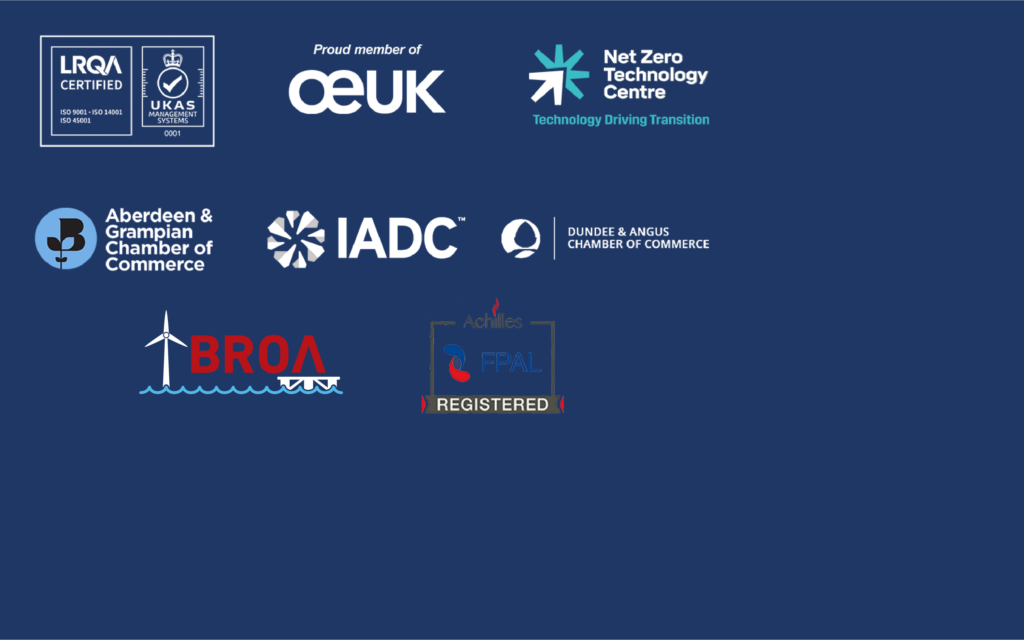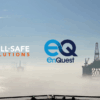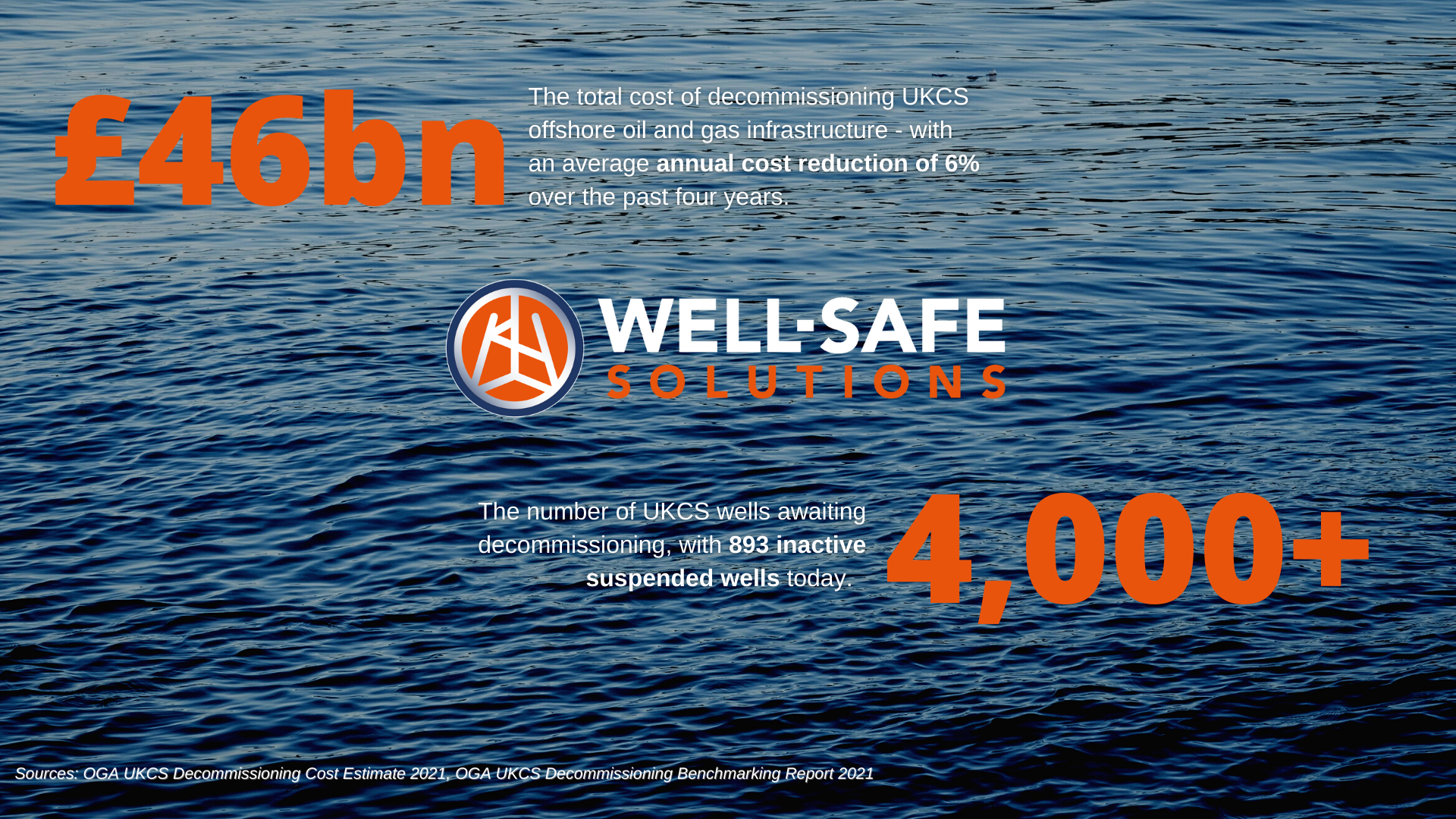
What would you do with £46 billion?
That’s the forecasted total cost of decommissioning all of the UKCS’ offshore oil and gas infrastructure currently in place today [OGA UKCS Decommissioning Cost Estimate 2021]. Looking at the UKCS in total, there are over 4,000 wells awaiting decommissioning, with 893 inactive suspended wells [OGA UKCS Decommissioning Benchmarking Report 2021].
While the decommissioning industry in the UK continues to grow in economic and sociopolitical importance, there’s still a lot of work to be done as part of the UK’s commitment to responsibly managing its petroleum legacy. The eyes of the world are upon the North Sea, as the forthcoming decade is set to see several legacy assets move into the decommissioning phase – and our industry regulators, stakeholders and strategies put to the test.
Why are P&A campaigns so important?
Simply put, plug and abandonment (P&A) campaigns are a key tool in helping the decommissioning industry achieve the 35% cost reduction target mapped out by the Oil & Gas Authority in 2016. While approximately 9% of UKCS platforms have been decommissioned to date, many operators in the industry have learned through experience that well decommissioning methodologies are different to those required for drilling. Decommissioning is not simply the reverse of the exploration and production mindset seen in the installation process – and many operators and regulators are looking to the North Sea for guidance on how best to do it.
While P&A campaigns have been carried out previously, these have been on a relatively small scale, and focused primarily on suspended exploration and appraisal wells only. We believe that the industry can benefit immensely from the operational continuity and efficiencies of scale achieved by P&A campaigns, with clear performance benefits for those willing to embrace the change.
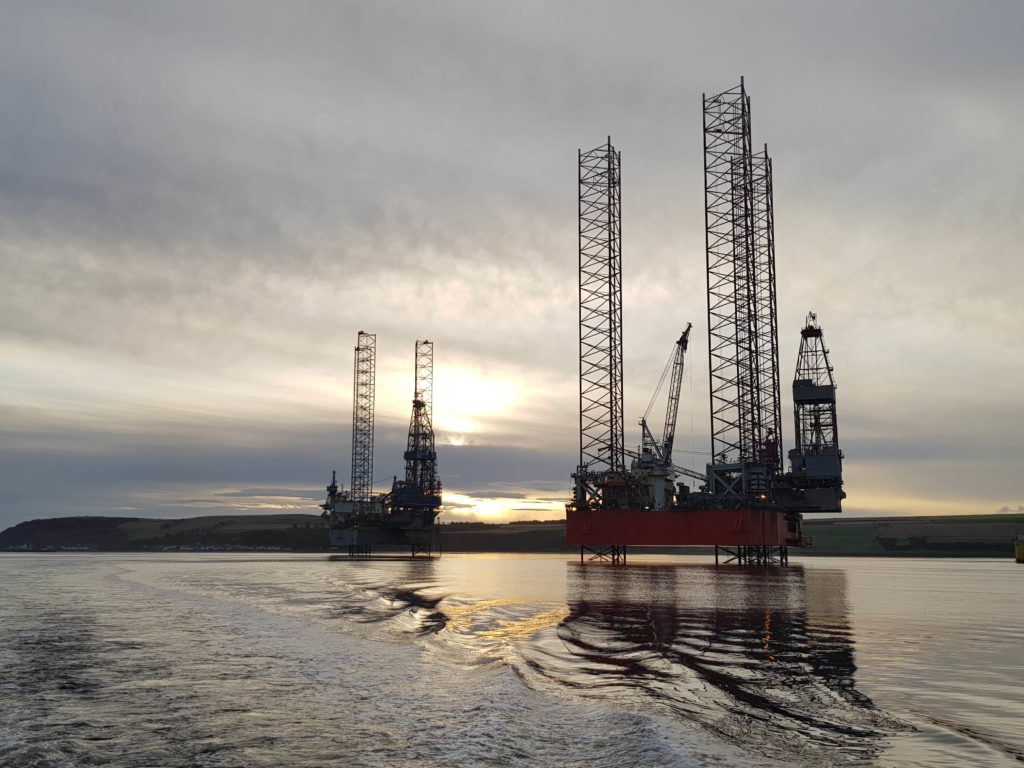
What does the industry require?
Given the North Sea’s compelling heritage as an international trailblazer of new technologies and methodologies, we passionately believe that the decommissioning industry requires specialists focused solely on well decommissioning. Service companies with assets tailored to P&A activity – supported by a team of experts experienced in the unique challenges of decommissioning work – will be best-placed to make the most of a continuous learning curve based on experience with multiple operators.
In addition, the importance of early client engagement and collaboration is vital in ensuring alignment with multiple operators and their diverse requirements. Flexibility between clients and organisations enhances understanding and collaboration, helping to break down silos of information.
How can we carry out decommissioning effectively?
While key tenets of well decommissioning design, technology and methodology remain fairly constant, our experience to date has shown that decommissioning requirements are far from ‘one size fits all’. What Well-Safe Solutions has dubbed the ‘Lego brick approach’ enables clients to piece together a bespoke decommissioning package; scaleable and tailor-made to suit distinct project needs.
This methodology enables third parties to work hand in glove with in-house teams, unlocking access to unique, low-cost equipment via dedicated plug and abandonment club campaigns. Taking this project-managed approach minimises operator overheads, enables fixed long-term rates and guarantees asset access. In addition, a key benefit of the campaign approach is an exponential learning curve for all parties involved, which generates considerable time savings and efficiencies the more wells in a field are decommissioned.
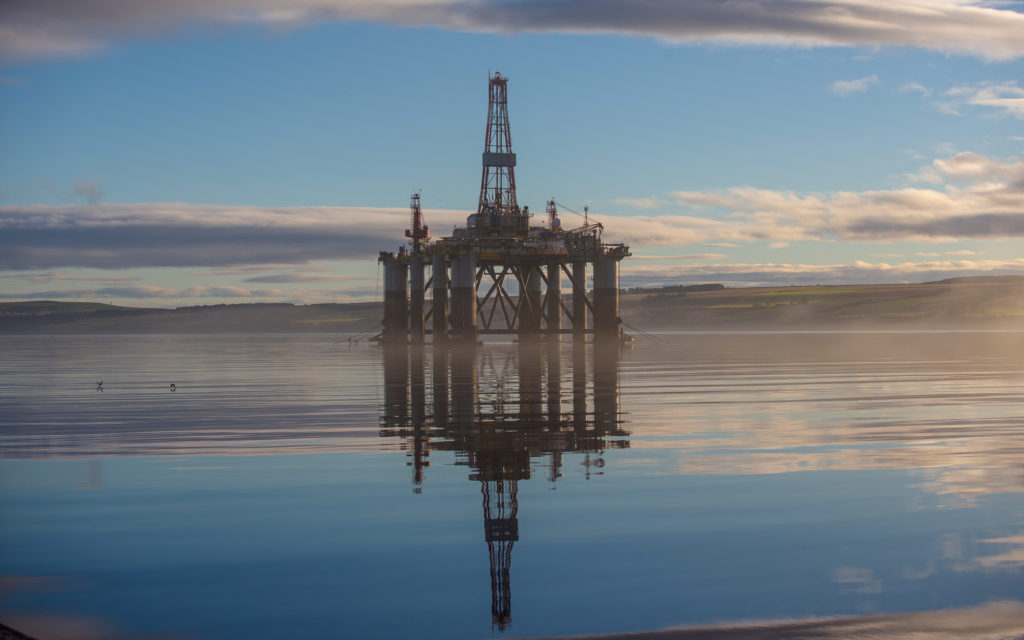
What does the future look like?
The UKCS is at a pivotal stage in its decommissioning journey, and being one of the most tightly-regulated and safety-conscious mature basins in the world, the UKCS is a bellwether for the wider industry. Going forward, we see continued adoption of the well decommissioning campaign concept becoming the norm – putting in practice a much-needed step change in performance and cost reduction, at no cost to safety.
A key tenet of this coordinated approach will also be the link between improved schedule flexibility and greater scope alignment between operators and decommissioning organisations, while an influx of dedicated well decommissioning assets and crews with deep sector knowledge and experience will speed up the completion rate of projects.
As decommissioning work on the UKCS gathers pace over the next five years, we will start to see even more opportunities to export our ‘lessons learned’ with other nations who are beginning to perform offshore well decommissioning campaigns at scale. It is here that organisations who have been quick to react to initial challenges will be able to reap the rewards of existing value-added partnerships across the supply chain.
Given the sheer size, complexity and technical challenges inherent in decommissioning projects, the opportunity in the years ahead heralds a new era of ingenuity in the North Sea and beyond. It’s up to everyone involved in the decommissioning sector to ensure that our work preserves the UKCS’ world-class reputation as a responsibly managed, mature basin – and that the lessons learned can be used to ensure every penny is wisely spent.
This article originally appeared in the December 2021 issue of Decom News, from Decom North Sea.


